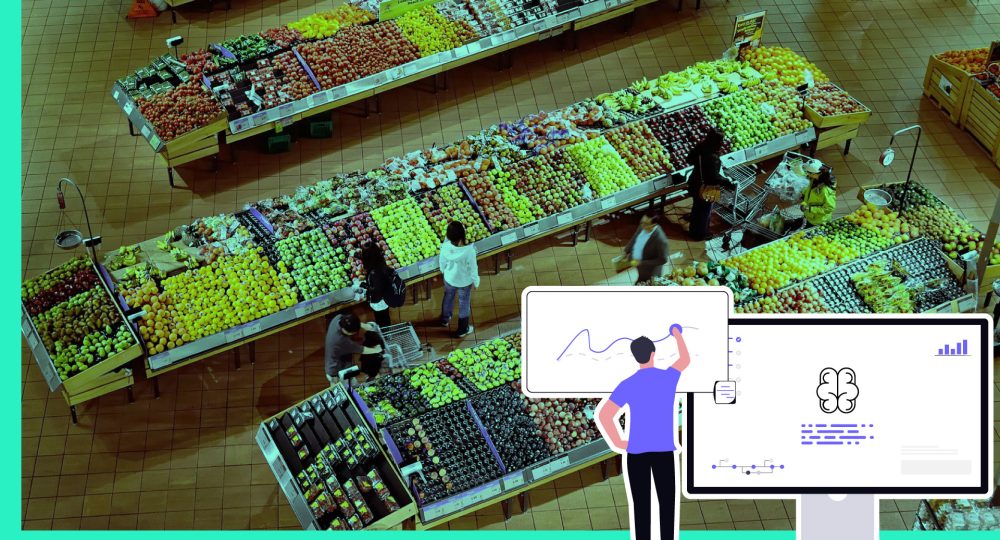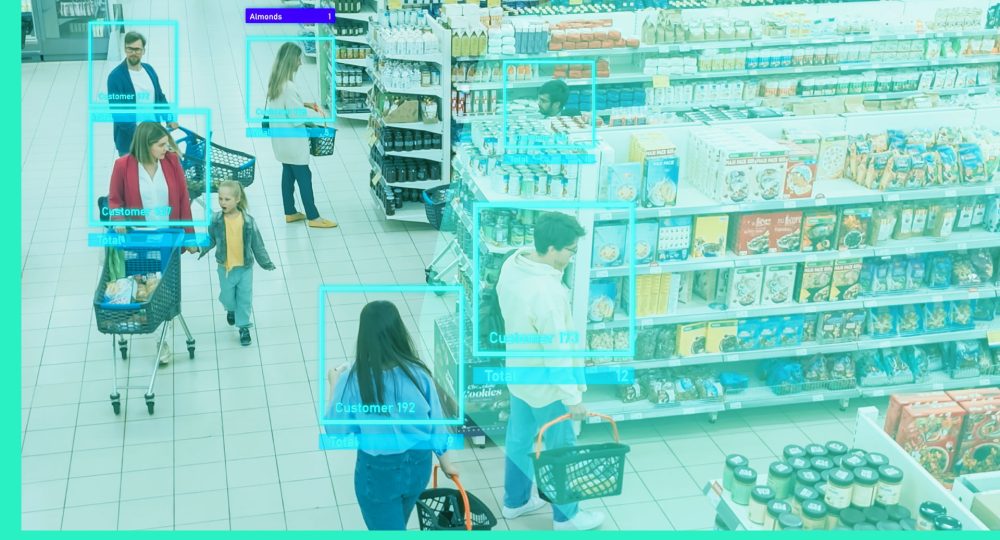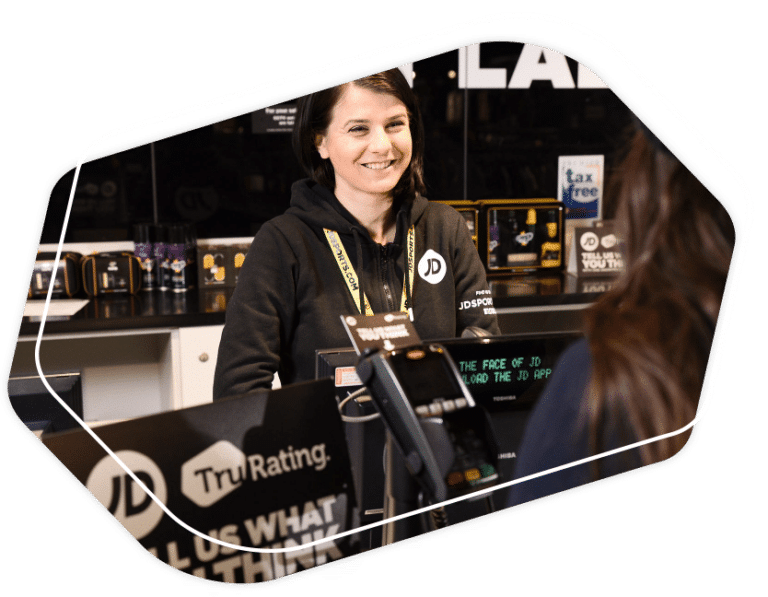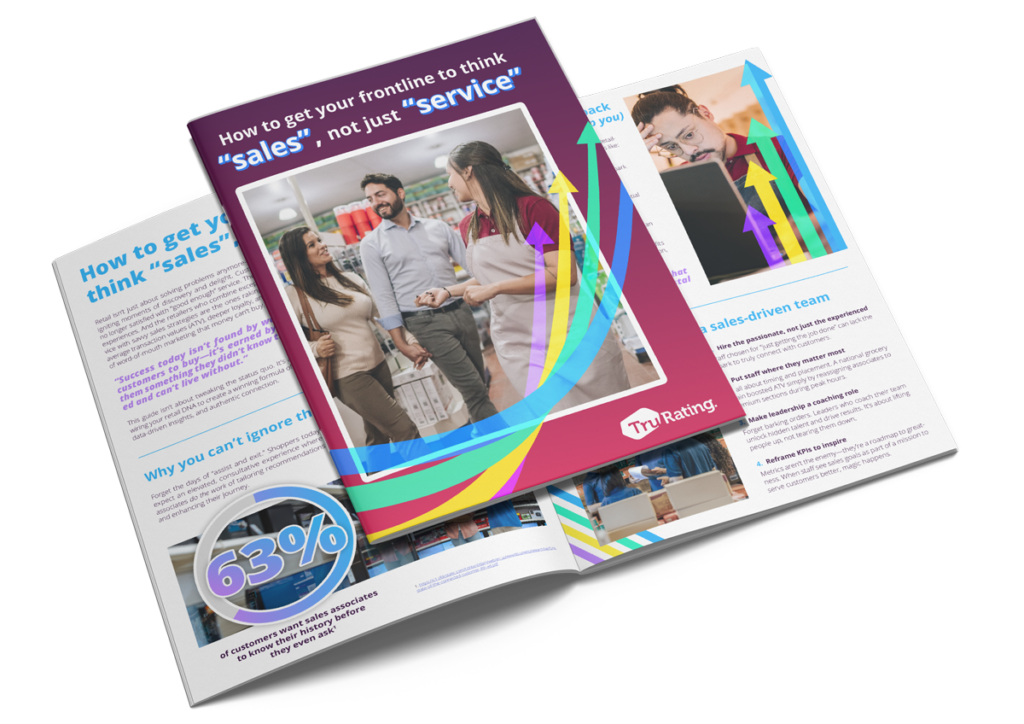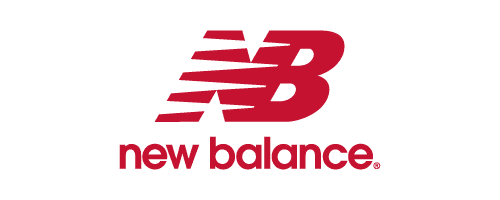Retail pricing optimization is more crucial than ever, especially in an industry marked by economic fluctuations and changing consumer behavior. The recent trend of major retailers’ price cuts highlights the competitive pressures and consumer sensitivities in today’s market. These actions underscore the importance of effective pricing strategies to maintain profitability and customer loyalty.
This guide explores retail pricing optimization, detailing strategies, models, and the transformative influence of advanced technologies like AI and machine learning. By mastering these concepts, you can navigate market complexities, optimize your pricing, and enhance both profitability and customer satisfaction.
What is price optimization in retail?
Retail pricing optimization is the process of determining the ideal price for a product or service by balancing factors such as market demand, competition, and cost. The primary objective is to maximize profitability while maintaining a competitive edge and satisfying customer needs. By using sophisticated algorithms and data analytics, retailers can predict how different prices will influence sales and profits, enabling them to make informed pricing decisions.
Effective retail price optimization solutions consider various factors, including demand elasticity, market conditions, and pricing hierarchies. The most advanced retail price optimization software employs machine learning or AI to drive dynamic pricing, making prices responsive to customer behavior and market changes in real time.
Benefits of retail price optimization
The significance of retail pricing optimization is undeniable. In a market where consumers have more options than ever but are also more price-sensitive, pricing significantly influences buying decisions. Retailers can stand out from the crowd through retail price optimization and improve profitability while enhancing customer satisfaction. Key benefits include:
- Scalable pricing strategies – powered by advanced machine learning/AI and retail pricing analytics, best-of-breed retail price optimization software makes it easy to price products at any scale, including by location, assortment, and more.
- Dynamic, competitive prices – retail price optimization leverages real-time data to set competitive prices for every product through every channel.
- Balanced pricing architecture – effective retail price optimization takes control of pricing relationships, regardless of complexity, managing affinity, cannibalization, business goals, and consumer behavior.
- Customer segment pricing – granular retail pricing analytics and AI enable retailers to tailor pricing and promotions to specific customer segments.
- Data scarcity solutions – retail price optimization software can overcome data gaps by using like items, like stores, and business rules to fill in the blanks.
Why don’t more retailers use price optimization strategies?
Despite the clear benefits, many retailers are slow to adopt price optimization strategies. Several challenges contribute to this hesitation:
- Complexity and cost – implementing advanced pricing strategies often requires significant investment in software and expertise, which can be a barrier for smaller retailers.
- Resistance to change – traditional pricing methods are deeply entrenched in many organizations, and shifting to data-driven approaches can be met with internal resistance.
- Data quality issues – effective price optimization relies on high-quality data. Many retailers struggle with data accuracy, completeness, and integration.
- Lack of awareness – some retailers are unaware of modern price optimisation technologies’ potential benefits and capabilities.
Overcoming these barriers involves investing in the right tools, educating stakeholders, and gradually transitioning to more sophisticated pricing strategies.
What retailer activities are involved with a price optimization strategy?
A robust price optimization strategy involves several critical activities:
- Data collection – gathering comprehensive data on sales, costs, competition, and customer behavior.
- Data analysis – using advanced analytics to understand demand elasticity and market trends.
- Modeling – developing and applying price optimization models to predict outcomes of various pricing strategies.
- Implementation – setting prices based on model recommendations and market conditions.
- Monitoring and adjustment – continuously tracking performance and adjusting prices in response to market changes.
These activities ensure that pricing decisions are data-driven, dynamic, and aligned with business goals.
Price optimization models
Now that you understand the activities involved in creating a pricing optimization strategy, it’s important to know the different types of models you can use to optimize your pricing.
Price optimization models are mathematical frameworks that help retailers identify the best pricing strategies. These models use historical data, market conditions, and consumer behavior insights to determine optimal prices. Let’s explore some of the most commonly used models:
Elasticity-based models
Elasticity-based models assess how price changes affect demand. Price elasticity measures the responsiveness of consumer demand to changes in price. These models help retailers understand the potential impact of price changes on sales volume and revenue. By analyzing past sales data and applying statistical techniques, retailers can predict how different price points will influence customer buying behavior.
Example: You can use an elasticity-based model to determine the optimal price for a new product launch. Analyzing the price sensitivity of similar products enables you to establish a price that maximizes sales while maintaining a healthy profit margin.
Competition-based models
Competition-based models set prices relative to competitors. These models consider the pricing strategies of competing retailers and adjust prices accordingly to stay competitive. This approach is particularly useful in highly competitive markets where price plays a significant role in consumer decision-making.
Example: In this scenario, you would need to monitor the prices of similar products at competing stores and adjust your prices to match or slightly undercut the competition. This strategy helps to attract price-sensitive customers and maintain market share.
Cost-plus models
Cost-plus models add a predetermined markup to a product’s cost to determine the retail price. This straightforward approach ensures that costs are covered and that a target profit margin is achieved. While simple to implement, cost-plus pricing may not always accurately reflect market conditions or consumer demand.
Example: First, you need to calculate the cost of producing a product, considering materials, labor, and overhead. After that, a fixed percentage markup is added to ensure a profitable selling price. While this method guarantees a consistent profit margin, it may not be as competitive in fluctuating markets.
Dynamic pricing models
Dynamic pricing models adjust prices in real time based on market conditions, demand, and inventory levels. This approach allows you to respond quickly to changes in the market and optimize revenue. Dynamic pricing is often used in industries like travel and hospitality but is increasingly adopted in retail.
Example: You can implement a dynamic pricing model to change prices in response to real-time demand and competitor pricing. During peak shopping seasons or high-demand periods, you can raise prices to maximize revenue. Conversely, during low-demand periods, you can offer discounts to increase sales.
Predictive pricing models
Predictive pricing models use data analytics and machine learning/AI to forecast future sales and set prices accordingly. These models analyze historical sales data, market trends, and other relevant factors to predict demand and optimize pricing strategies.
Example: Predictive pricing can be used to anticipate the demand for seasonal products. By analysing past sales data and current market trends, you can set prices that maximize sales and minimize excess inventory.
Customer segmentation models
Customer segmentation models tailor prices to different customer groups based on their buying habits and preferences. This approach ensures that prices are optimized for specific customer segments, improving customer satisfaction and loyalty.
Example: Segmenting your customer base into groups based on purchasing behavior and preferences means you can use these insights to offer personalized pricing and promotions to each segment, increasing the likelihood of purchase and customer retention.
Each model has its strengths and is suited to different scenarios, allowing you to choose the approach that best fits your requirements.
The simplest way to optimize retail product price
The simplest way to optimize retail product prices is to use rule-based pricing strategies. This method applies basic rules and formulas to set prices based on factors such as cost, desired profit margin, and competitor pricing. For example, keystone pricing, which doubles the cost price to determine the retail price, is a straightforward method. While not as sophisticated as data-driven methods, rule-based strategies provide a quick and easy way to implement basic price optimization.
Advanced technologies in retail price optimization
Retail price optimization using machine learning
Machine learning has revolutionized retail price optimization by analyzing vast data sets to set optimal prices. Unlike traditional methods, which rely on static historical data, machine learning uses real-time data and predictive analytics to adjust prices dynamically.
Key advantages include processing complex datasets from sales transactions, customer demographics, market trends, and competitor pricing. This enables you to identify patterns and trends influencing customer behavior and tailor pricing strategies accordingly.
Machine learning also supports personalized pricing, offering individualized promotions based on customer data, enhancing the shopping experience and fostering loyalty.
One of the main benefits of machine learning is its ability to continuously improve. As these models gather more data, they can develop more effective pricing strategies adjusting to market conditions and shifting customer preferences.
How AI is changing pricing optimization
AI has significantly impacted retail price optimization, with advancements surpassing the benefits of machine learning mentioned above. As highlighted by a study from Boston Consulting Group (BCG), traditional rule-based approaches to pricing are insufficient to navigate persistent cost inflation, supply chain volatility, shifts in consumer spending, and intensified price competition. These challenges demand AI-powered solutions and dynamic pricing models that can transform market complexity into a strategic asset.
AI-powered pricing solutions offer substantial benefits. They enable you to translate strategic choices into optimal prices for each product and store. By responding dynamically to internal and external changes, these solutions help maintain alignment with a clear, customer-centric pricing strategy.
According to the BCG study, retailers leveraging AI have seen gross profit increases of 5% to 10%, along with sustainable revenue growth and improved customer value perception. This study underscores the importance of holistic problem-solving across multiple dimensions in AI-powered price optimization. Traditional rule-based pricing often focuses on limited dimensions at an aggregated level, whereas AI can handle the complexity by iterating through billions of potential scenarios to find the optimal price for each store and item. This approach encompasses strategic dimensions such as pricing objectives, category roles, key value items, and omnichannel pricing.
For example, using AI, you can make targeted price reductions by de-averaging prices and focusing on categories that drive customer traffic, enhancing customer value perception and market share.
Leveraging customer feedback for pricing strategies
To truly excel in retail pricing optimization, you must gain deep insights into customer sentiment and behavior. This is where TruRating’s POS feedback solution comes into play.
Collecting real-time customer feedback at the point of sale provides valuable data on how price changes are perceived and their impact on customer satisfaction and sales. With TruRating, you can:
- Monitor customer sentiment – understand how customers feel about pricing changes and promotions.
- Improve pricing strategies – use customer feedback to refine and adjust pricing strategies for better outcomes.
- Enhance customer loyalty – ensure that pricing decisions align with customer expectations, fostering loyalty and repeat business.
Incorporating TruRating’s POS feedback solution into your pricing strategy can help you make data-driven decisions and ensure that your pricing aligns with customer values and market demands. Book a demo today to learn how to implement our technology in your retail ecosystem.



